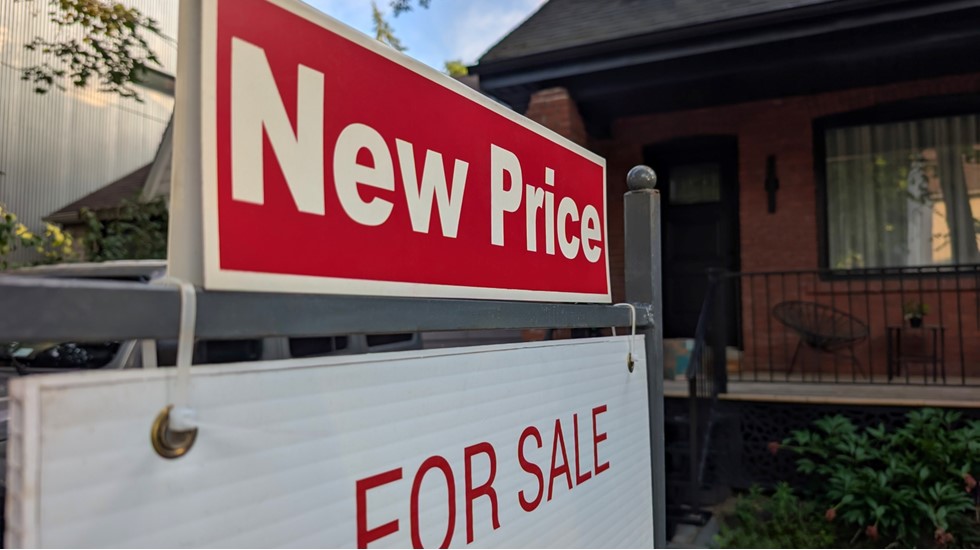New home sales down 8.2% year-over-year
Over nine months' supply of housing is on the market.

August 25, 2025
New home sales in July were 652,000, down 0.6% from an upwardly revised June and 8.2% lower than a year ago. The Northeast region, the smallest market for newly built homes, registered no change, while the West increased 11.7%. That was offset by losses in the Midwest and South, down 6.6% and 3.5%, respectively.
Newly built homes available for sale were flat from last month at 9.2 months of supply at the current sales pace. That is materially above the supply recorded a year ago at 7.9 months. Six months of supply is considered a balanced market. The median number of months between completion and sale of the home was 2.9 months. That is the highest since June 2022.
Existing home sales, which are recorded at the contract closing and reflect activity from a few months prior, rose 2% in July. For five months, the average 30-year fixed mortgage rate has been stuck between 6.6% and 6.9%, while economic uncertainty spiked. Many potential buyers are locked in to sub-5% mortgages or own their homes outright, which has dampened the willingness to move.
Consumer attitudes remain weak, though slightly stabilized, and are pausing big-ticket purchases, such as buying a house. The Northeast bounced back after a soft June with existing home sales rebounding 8.7%, the largest one-month increase since September 2020. The West and South regions recorded modest gains in July.
The median sales price for new builds was down 0.83% to $403,800 since June and is nearly 6% lower than this month last year. This price point is still well out of reach for many first-time buyers. Just over half of homes sold were over $400,000; the share of single-family homes sold in the $300,000 to $400,000 range retreated from June’s all-time high of 35% to 32%. The average sales price of a newly built home fell 3.6% to $487,000. The price for existing homes was down 2.4% in June and up 0.2% year-over-year.
Some local housing markets are experiencing home price declines due to lower demand, but this is likely not a nationwide home price correction. Strong demand from millennials, now entering their prime home-buying years, while construction has been weak will keep a floor under home prices. Affordability remains a major hurdle; the rising costs of insurance, taxes and borrowing are deterring buyers.
A September interest rate cut from the Federal Reserve is looking more likely.

Benjamin Shoesmith
KPMG Senior Economist
Bottom line
The housing market will likely remain weak for the remainder of the year even as consumer sentiment has begun to stabilize. On the supply side, home builders are increasingly pessimistic about the current market, while labor shortages and tariffs on construction inputs are expected to increase costs. Simultaneously, economic uncertainty and high mortgage rates are constraining demand. A September interest rate cut from the Federal Reserve is looking more likely. If this comes to fruition, it will provide a much needed boost to potential home buyers.
Subscribe to insights from KPMG Economics
KPMG Economics distributes a wide selection of insight and analysis to help businesses make informed decisions.
Explore more insights

New home sales moved sideways in June
Home builders are increasingly pessimistic about sales conditions.

KPMG Economics
A source for unbiased economic intelligence to help improve strategic decision-making.

Dog days of summer: Tariffs start to bite
How tariffs act on the economy.
Meet our team
